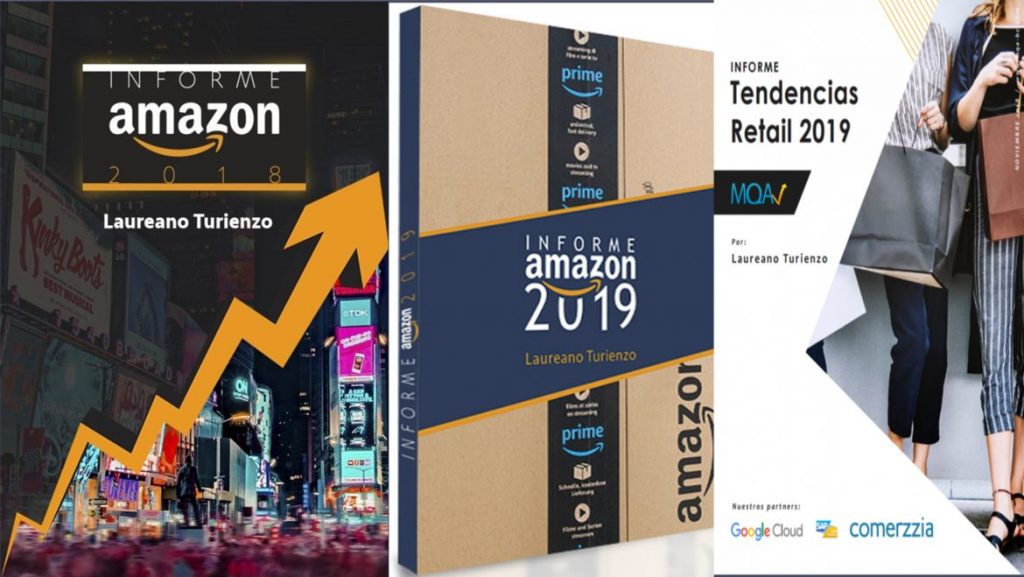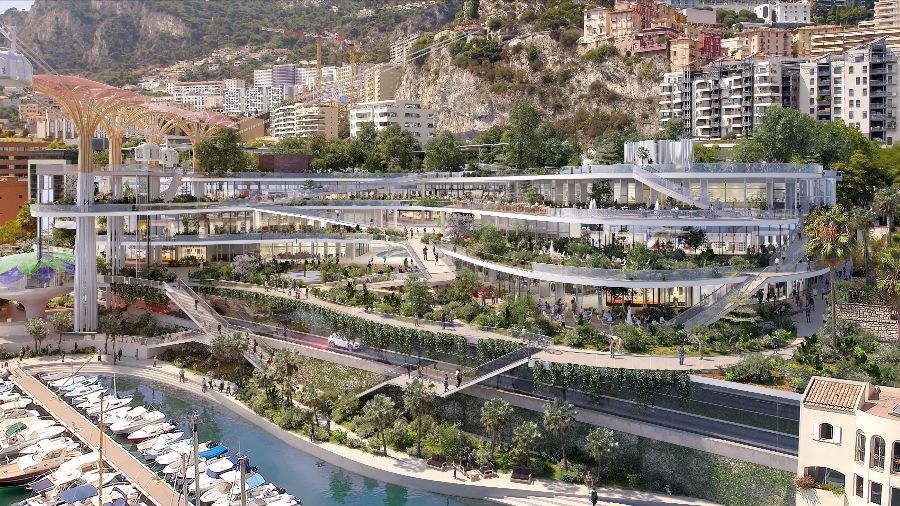Someone has told us that shopping centers have no future. It’s false. Shopping centers are one of the formats which will surely exist in the future, only they will be different from the ones we know. They will be closer to Walt Disney than Walmart.
As I always say in my classes and conferences: flee terribly from all the unique definitions, from “the store of the future”, and from “the consumer of the future” with which we are constantly bombarded (see some great North American consultants). In the future there will be many types of shopping centers, not a single one. I sense a series of global trends that will happen: shopping centers will be more and more like an entertainment center. The square meters dedicated to the sale of products will decrease in favor those dedicated to entertainment. Saying this is not saying much, or at least nothing new as we have been seeing glorious examples for more than a decade, such as the mythical West Edmonton Mall in Canada:
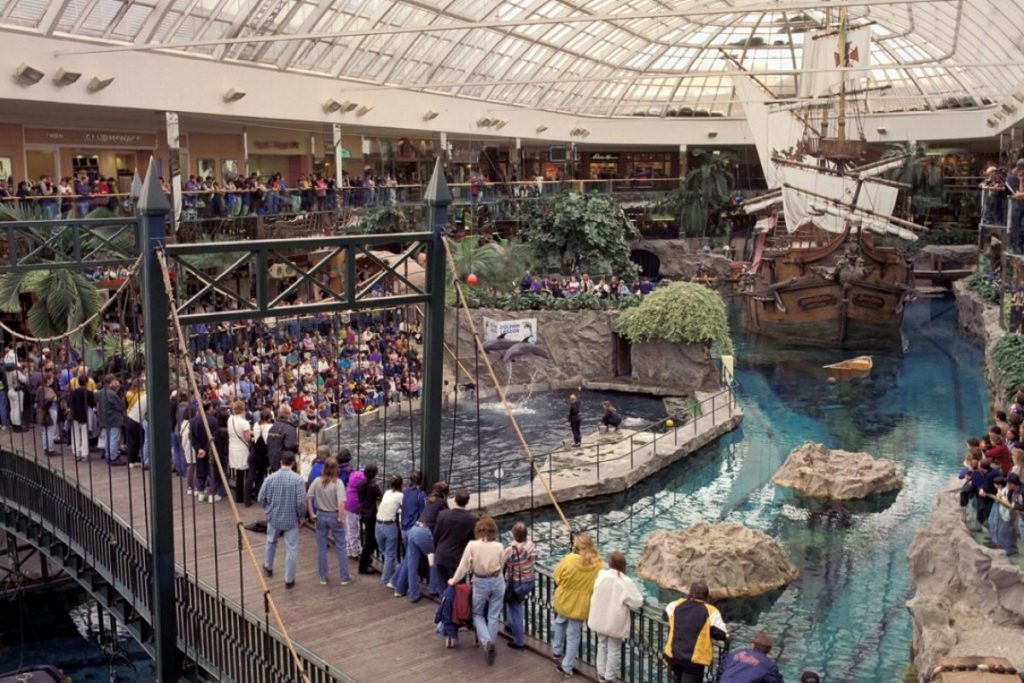

West Edmonton Mall, Photo: SCMP Handout
If until now there were places to go shopping and spend time, from now now they will be places to go to enjoy, connect with brands, and maybe buy something physical (which will not be the main objective). It will be more of a space to do things, than a place to buy things. In other words: the square meters destined for the sale of tuna cans and toilet paper will give way to those of theaters or extreme sports courts. The meters of Zaras will descend and the three stars of Michelin restaurants will emerge.
In the future there will be more square meters of shopping centers than there are today, even if they tell us otherwise. There will be a smaller number of shopping centers, but they will be much larger and more diverse than those of today. They will be like micro-cities: we will see hotels, coworking spaces, high-standard residential areas, business schools and universities, high-level restaurants, theaters, concert areas, water parks, cinemas of the 21st century, farms with animals, and farms where fruits and vegetables will be grown and sold directly to consumers, etc.
We will see shopping centers with farming areas and fish markets, where products will be sold directly to consumers without intermediaries. We will see beehives and flower fields inside shopping centers. On the latter, we are already seeing the birth of memorable shopping centers, such as Funan in Singapore, with an urban farm of 5,000 square feet, located on the roof where visitors can see how vegetables are produced and harvested.

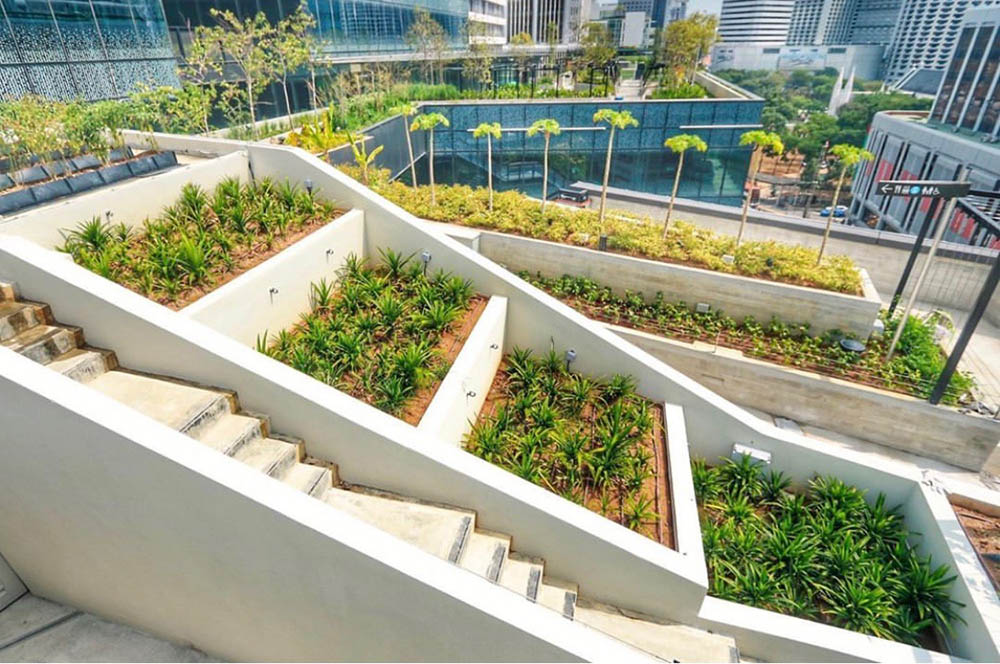
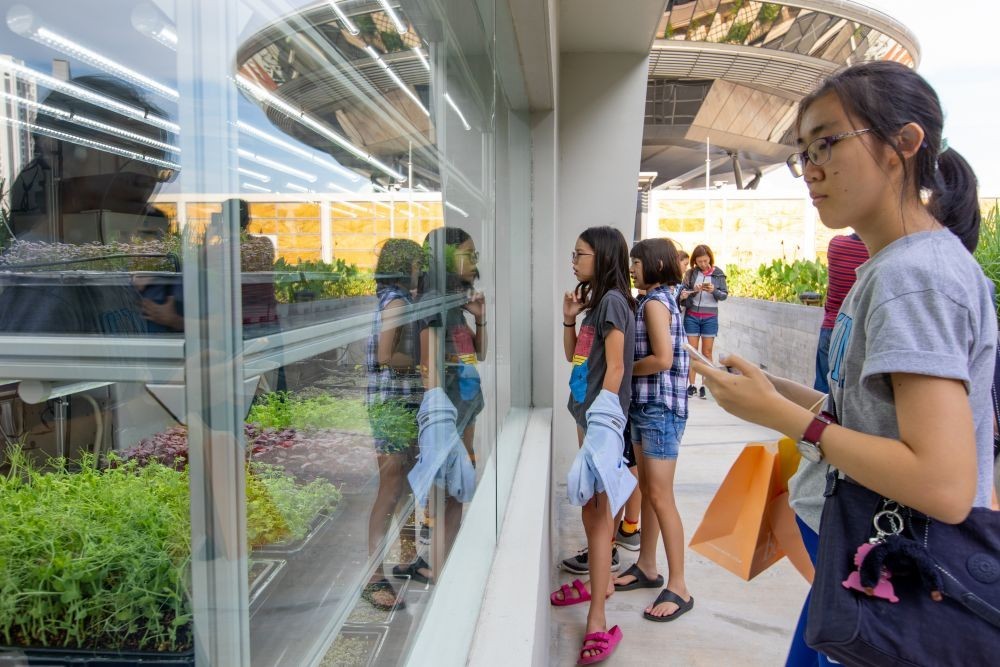
Or a fantastic proposal to introduce a bike path that runs throughout the mall:
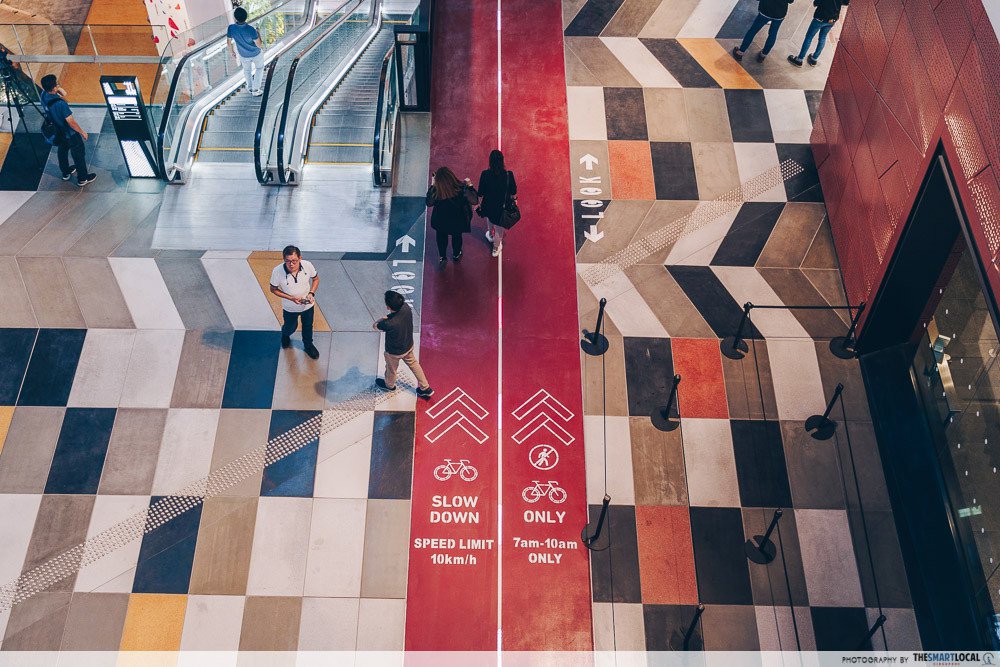
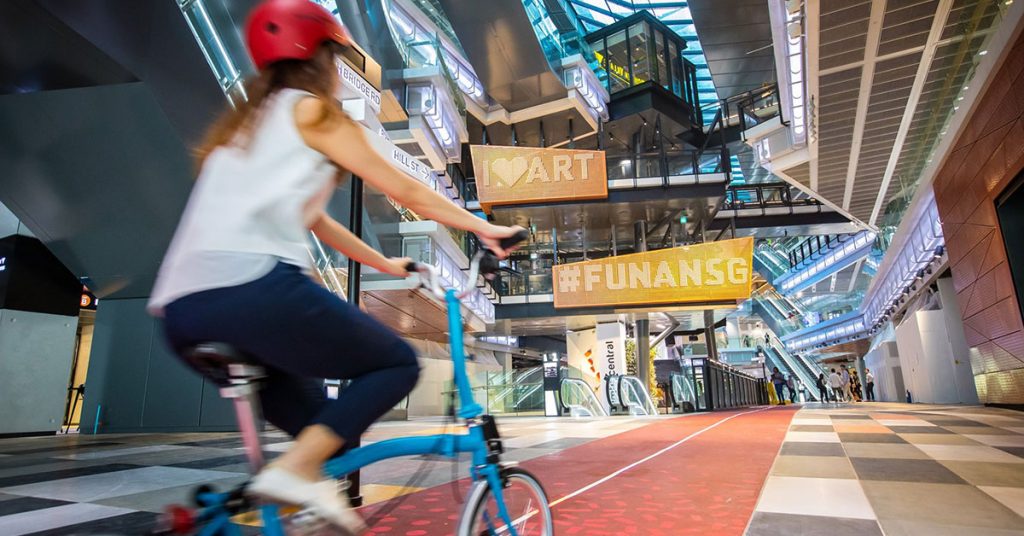
We will see, you and I, shopping centers that are so impressive that you will have to pay to enter them, like paying to enter an amusement park.
We will see places where cooking or DIY classes will be given. Teaching will be the best brand loyalty formula.
We will see museums arrive at the shopping centers. And we will see traveling exhibitions. We will see Amazon and Alibaba invest in shopping centers and have their own line of experiential shopping centers. Alibaba is already there, and I think it will be one of the major shopping center operators in the future.
There will be shopping mall tourism in the future: some of the most visited places in the cities will be some of its shopping centers. Many of these shopping centers will be connected to airports, train and bus terminals, so that they cannot be reached by other means, making them a vital part of the sustainability cities of the future.
There will be water parks, and theme restaurants not yet imagined.
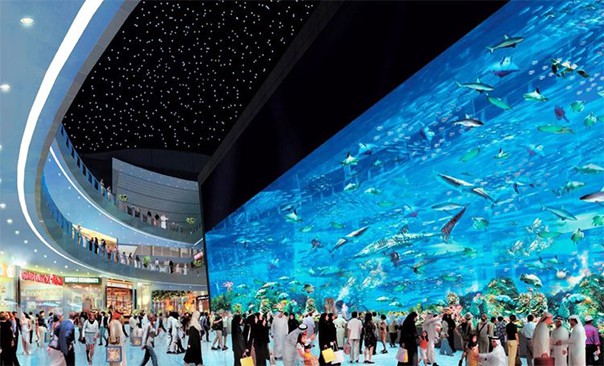
We will see shopping centers focused one hundred percent on pets. Or shopping centers focused on population niches: for children, for the elderly. Thematic shopping centers: for vegans, for athletes, for certain religions. We will see underground shopping centers, we will see Walt Disney open thematic mini-parks in shopping centers … etc. The best football, or baseball, or basketball stadiums will be in shopping centers in the future. And we will see Olympic Games tests played in the future within a commercial macrocenter.
We will see stores where things will continue to be sold in, but to a lesser extent: what stores will really look for is for people to relate to their brands, and in many cases, they will not leave those shopping centers with their heavy bags on top, they will send it to their homes.

We will see Cityland in Dubai with a garden with 150 million flowers.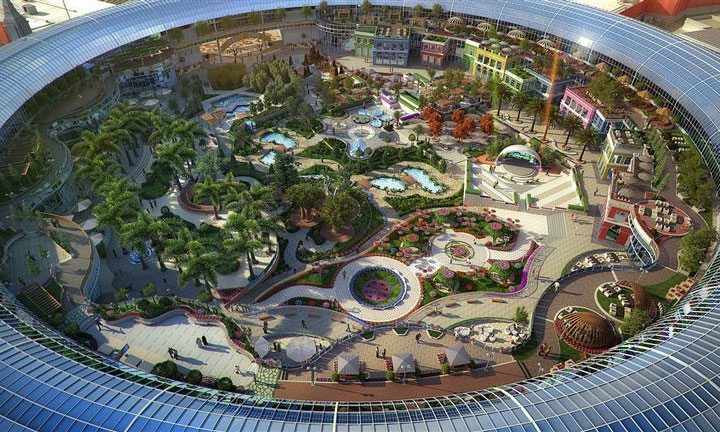
And we will see how the Cirque du Soleil will open permanent headquarters a shopping center.
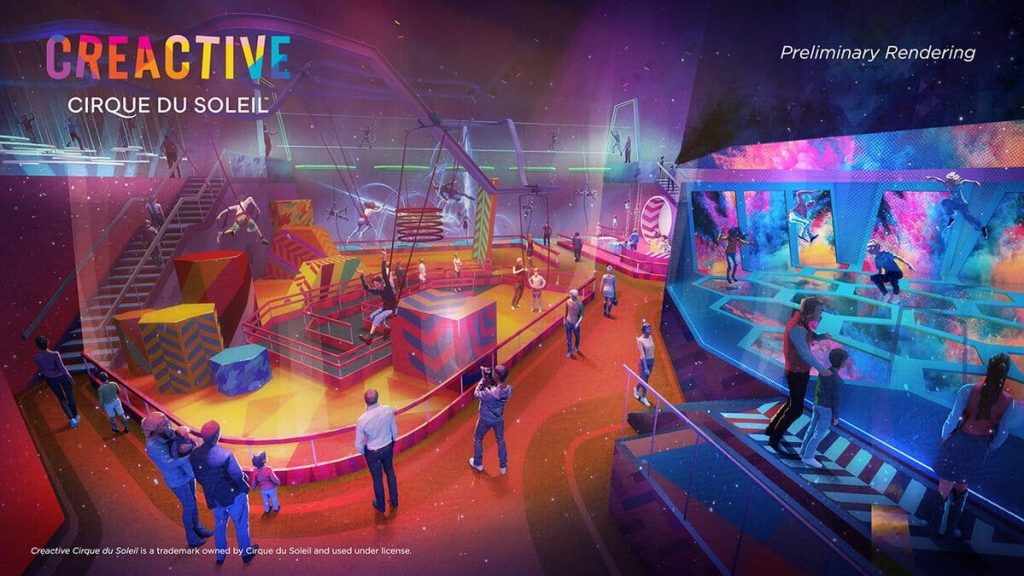
There are proposals such as the DUBAI SQUARE, with over 8 million square feet of commercial space. The same as 100 Soccer fields together. With an investment between 2 and 2.5 billion dollars, it will have the largest Chinatown in the Middle East inside. Water park. Sports stadium. Luxury hotels (1,563 places). Almost 10,000 private residences. The main objective will be to capture the attention of the 2.5 billion people who are only 4 hours away from flight to Dubai
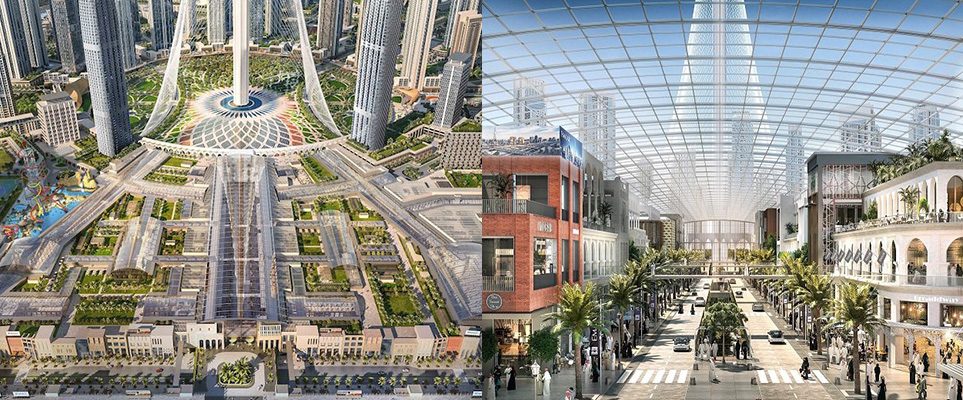
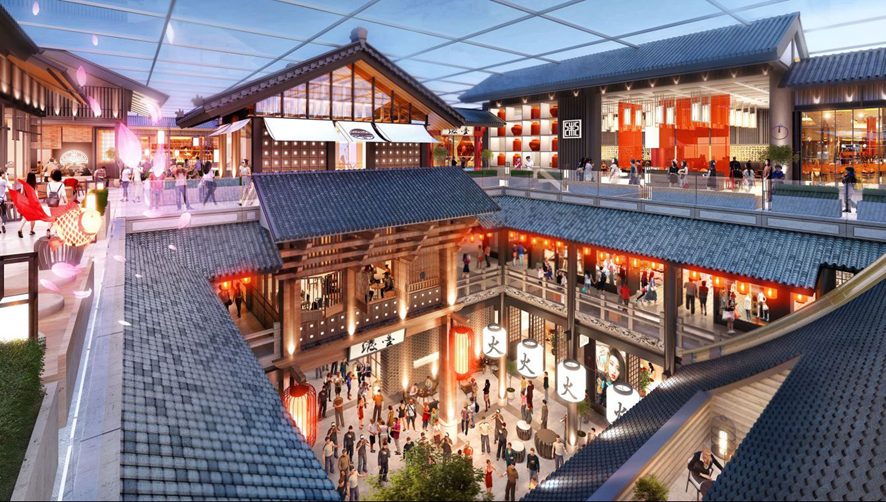

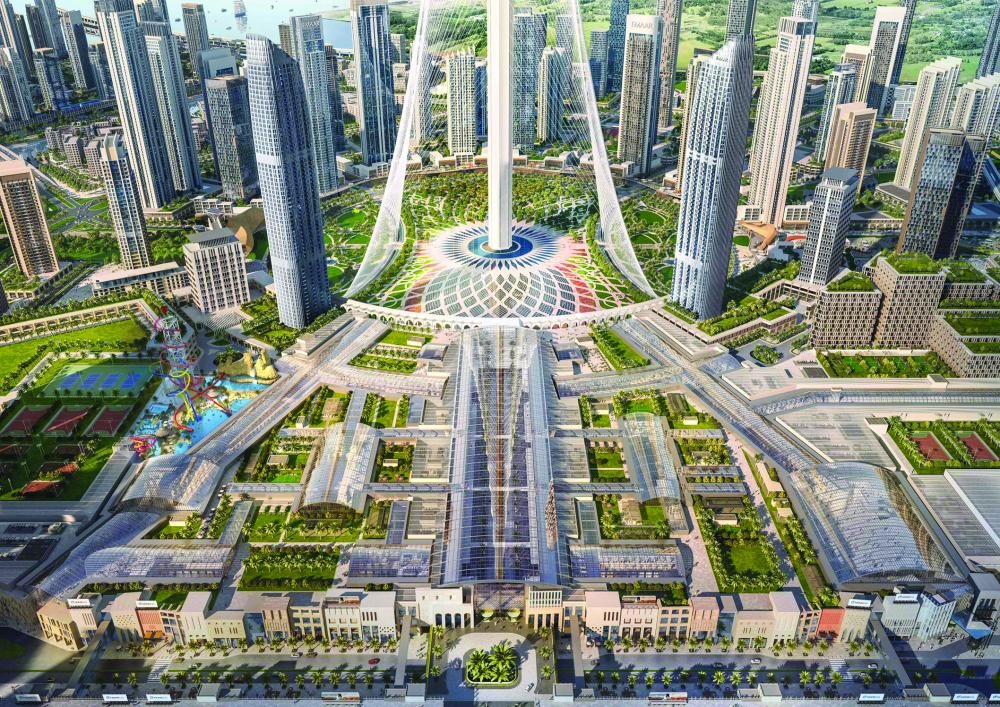
We will see Sport Society, the largest sports center of all time, open in a shopping center, with three floors with a total area that is equal to 12 football fields: they will dedicate the ground floor to the celebration of sporting events, and two other floors for sports brand stores, and restaurant and cafe chains.
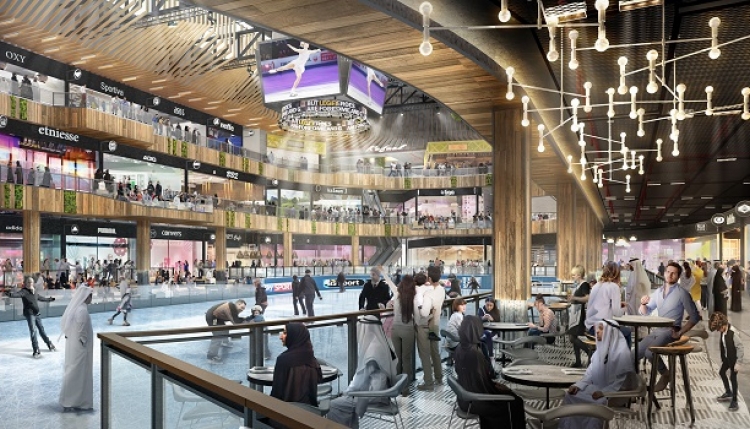
Other embryonic projects show us other clues of how the shopping centers of the future will be. Not only what is happening inside, it is also what happens outside: how they integrate with the landscape. The current Fontvieille shopping center in Monaco will undergo a dream transformation. The Government of Monaco has just approved the project. A futuristic structure with a transparent facade, Mediterranean vegetation, levels coded by colors and wavy curves.

Laureano Turienzo
Global expert in new commercial formats, disruptive retailers and latest trends in retail.
Independent consultant. He has advised many of the large Latin American Retail companies. President of the Spanish Retail Association (AER). Professor at the ESIC Business School & Marketing School in Spain, The Institute of Digital Economy of Spain (ICMED), The Valley Digital Business School and the International University of Florida (USA). Author of one of the most followed blog on trends and retail strategies worldwide, with more than 2 million regular annual visits from more than 20 countries. Author of the Amazon 2018 Report and Amazon 2019 Report. He has extensive experience in multinationals such as ExxonMobil, and has been a director in several prestigious Spanish retail companies. Under his leadership, companies have won numerous industry awards becoming international business leaders.
